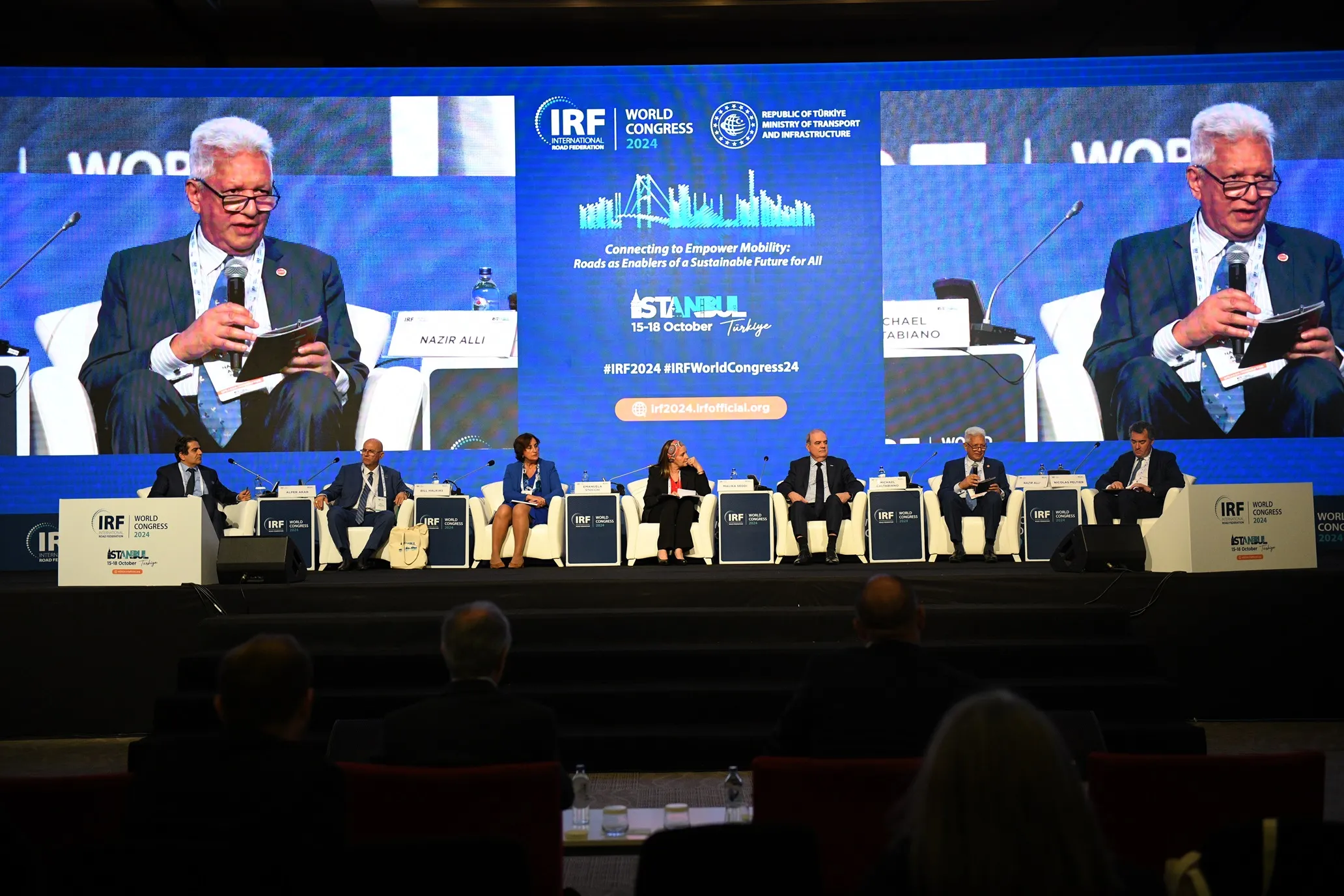According to a new report published by Allied Market Research, the global lithium-ion battery market is expected to generate revenue of US$46.21 billion by 2022, with a CAGR of 10.8 per cent during the forecast period (2016-2022).
The report indicates that the market for these batteries is expected to witness notable growth because of their increasing application in the automotive sector. Additional key factors contributing to the increasing demand of lithium is the growing use of portable electronic dev
April 13, 2017
Read time: 2 mins
According to a new report published by Allied Market Research, the global lithium-ion battery market is expected to generate revenue of US$46.21 billion by 2022, with a CAGR of 10.8 per cent during the forecast period (2016-2022).
The report indicates that the market for these batteries is expected to witness notable growth because of their increasing application in the automotive sector. Additional key factors contributing to the increasing demand of lithium is the growing use of portable electronic devices such as smartphones, tablets, and others; stringent government regulations aimed at reducing the increasing pollution levels; and enhanced efficiency of lithium-ion batteries.
From a growth perspective, the automotive sector would be the most prominent user of these batteries and is anticipated to witness the highest CAGR of 13.6 per cent during the period.
The research also reveals that Asia-Pacific is the largest revenue-generating region in this market, followed by North America. The Asia-Pacific region is likely to exhibit the highest growth, with a CAGR of 12.4 per cent during the forecast period. The growth would be driven by the rising demand from consumer electronics segment and increasing number of electric vehicles in China, Japan and India.
The report indicates that the market for these batteries is expected to witness notable growth because of their increasing application in the automotive sector. Additional key factors contributing to the increasing demand of lithium is the growing use of portable electronic devices such as smartphones, tablets, and others; stringent government regulations aimed at reducing the increasing pollution levels; and enhanced efficiency of lithium-ion batteries.
From a growth perspective, the automotive sector would be the most prominent user of these batteries and is anticipated to witness the highest CAGR of 13.6 per cent during the period.
The research also reveals that Asia-Pacific is the largest revenue-generating region in this market, followed by North America. The Asia-Pacific region is likely to exhibit the highest growth, with a CAGR of 12.4 per cent during the forecast period. The growth would be driven by the rising demand from consumer electronics segment and increasing number of electric vehicles in China, Japan and India.









